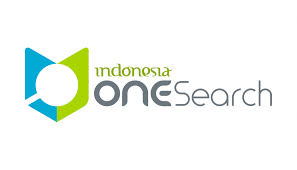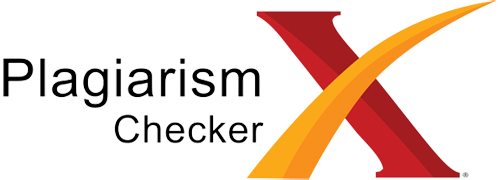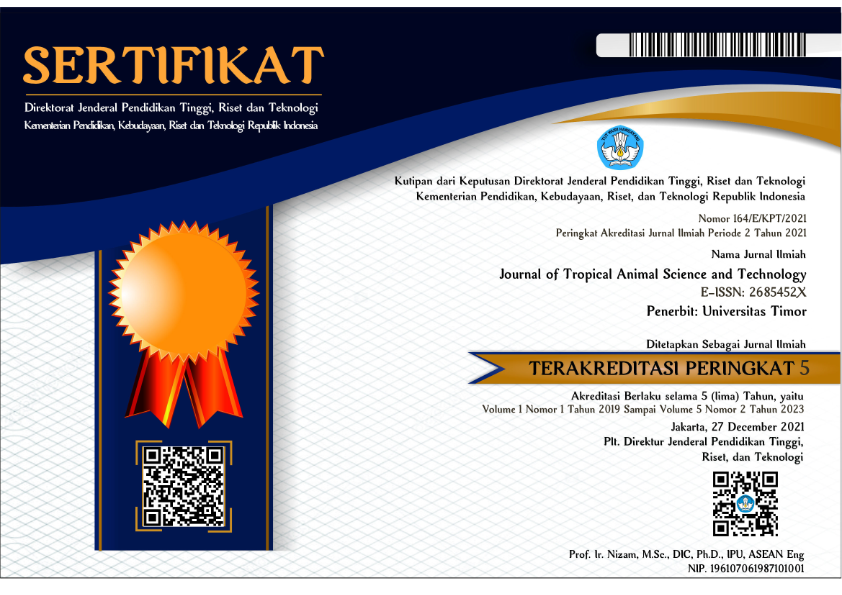Potential of agricultural waste (rice and corn straw to development of cattle in Harau District, Lima Puluh Kota Regency
DOI:
https://doi.org/10.32938/jtast.v5i1.3425Keywords:
Cattle, Agricultural waste, rice and cornAbstract
The development of livestock business requires the availability of feed, both in quantity and quality. Limited feed can cause disruption of production and reproduction of both poultry, small and large livestock. Small livestock and large livestock of the ruminant group can utilize agricultural waste as a source of forage feed. Utilization of waste is one way to save costs and also increase efficiency in providing feed. This study aims to determine 1. Availability of agricultural waste in the development of cattle, 2. Capacity of agricultural waste, 3. Carrying capacity of waste. This research was conducted in Harau District, Fifty City District. The research method used is a survey method with the main research data source coming from the Central Bureau of Statistics (BPS), and supporting data from related journals. Data processing using the formula for determining the potential capacity and index of holding capacity of agricultural waste. The results showed that the potential of rice and corn agricultural waste available in Harau District was 74,389,240 tons which could accommodate 22,707 ST cattle. Of the existing population, agricultural waste can still accommodate 15,560 ST of cattle. It can be concluded that the development of cattle in Harau District, Lima Puluh Kota Regency, can still be carried out due to the availability of forage waste at a safe IDD level, namely >2.























